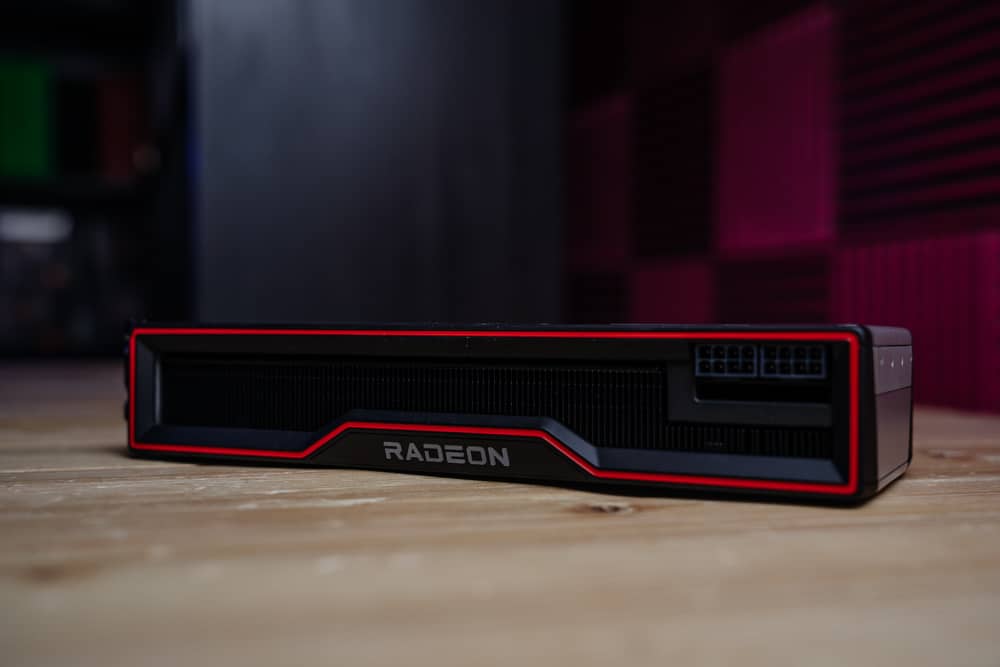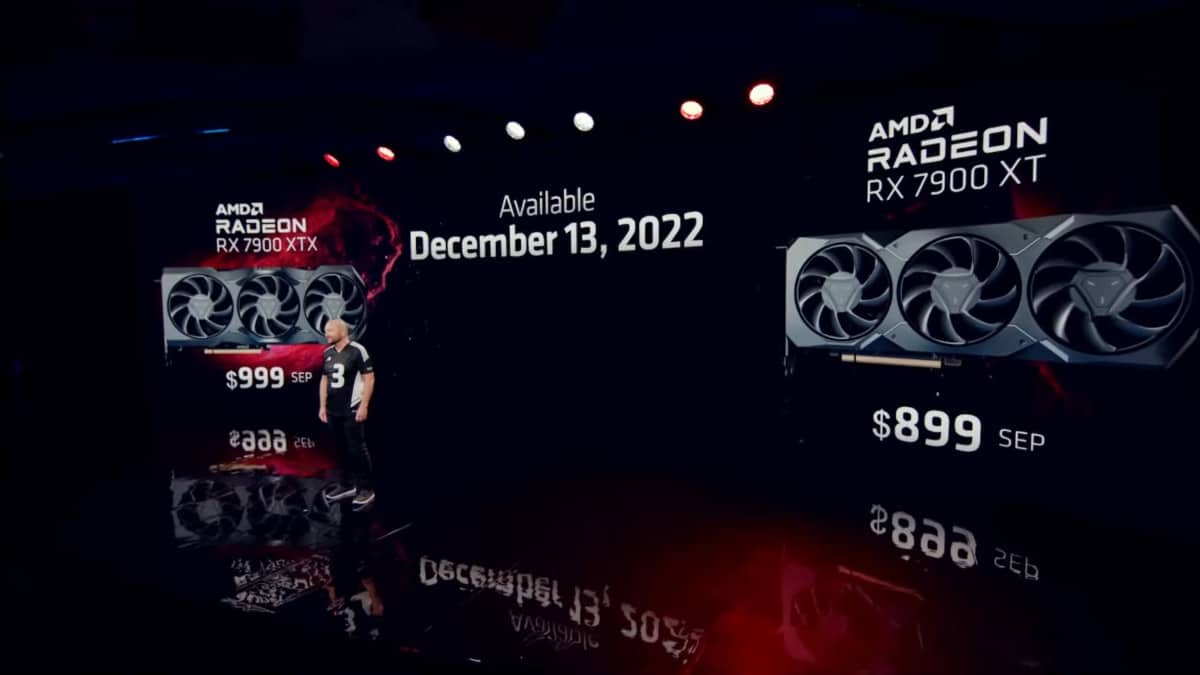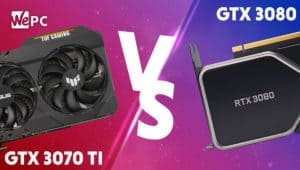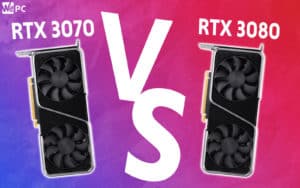RDNA 3 vs RDNA 2
With the new generation under way, what's the actual difference

WePC is reader-supported. When you buy through links on our site, we may earn an affiliate commission. Prices subject to change. Learn more
The Ada Lovelace GPUs from NVIDIA are incredibly powerful. Incredible generational advancements over the RTX 3090 and RTX 3080 are seen in the RTX 4090 and RTX 4080. AMD isn’t just standing by and letting NVIDIA triumph, of course.
As an alternative, the business is quickly retaliating with the new RDNA 3 architecture, which is the RDNA 2’s successor, and the design of AMD’s finest GPUs to date.
Compared to RDNA 2, RDNA3 will strongly emphasize improving efficiency, for which AMD has two tactics. The first one, a more effective procedure, is the most obvious.
The new RDNA 3 architecture will make its debut using TSMC’s 5nm technology, whereas RDNA 2 GPUs were produced on the company’s 7nm process. Thanks to Ryzen, chipset designs had been present in CPUs for a while, but they had yet to reach the GPU market.
With RDNA 3, this is changing because chipset designs, as opposed to monolithic die designs, are confirmed for at least some GPU packages. Given that AMD claims RDNA 3 offers 50% greater performance-per-watt than RDNA 2, this could have benefits for both performance and efficiency.

The introduction of the Infinity Cache, which AMD claims is largely the reason for the gaming improvements of the RDNA 2 GPU generation, was the biggest enhancement. In addition to Infinity Cache, RDNA 3 will also include a “next-gen” version that raises the bar even higher.
The new Radeon GPUs appear to have enough power to compete with or even outperform NVIDIA’s RTX 4000 GPUs as a result of all of these advancements, but only thorough testing will be able to reveal the full picture.
The RDNA 3 architecture will initially be offered on gaming GPUs, but it will undoubtedly eventually appear on APUs and integrated graphics as well. Thanks to Samsung’s Xclipse 920 mobile GPU, which is found in the Exynos 2200 chipsets that power Samsung Galaxy S22 smartphones in Europe, RDNA 2 even made it to smartphones.
Additionally, it was applied to gaming consoles like the PlayStation 5 and Xbox Series X. Who knows, then? RDNA 3 may gain popularity as well. Especially considering the pricing of the Nvidia cards.
As seen by the release, 4090 stock has been flying off shelves. Whilst 4080 stock has been plenty. With such a large price increase it hasn’t been as popular. So the RX 7000 cards have a good opportunity to compete at a lower price point.









